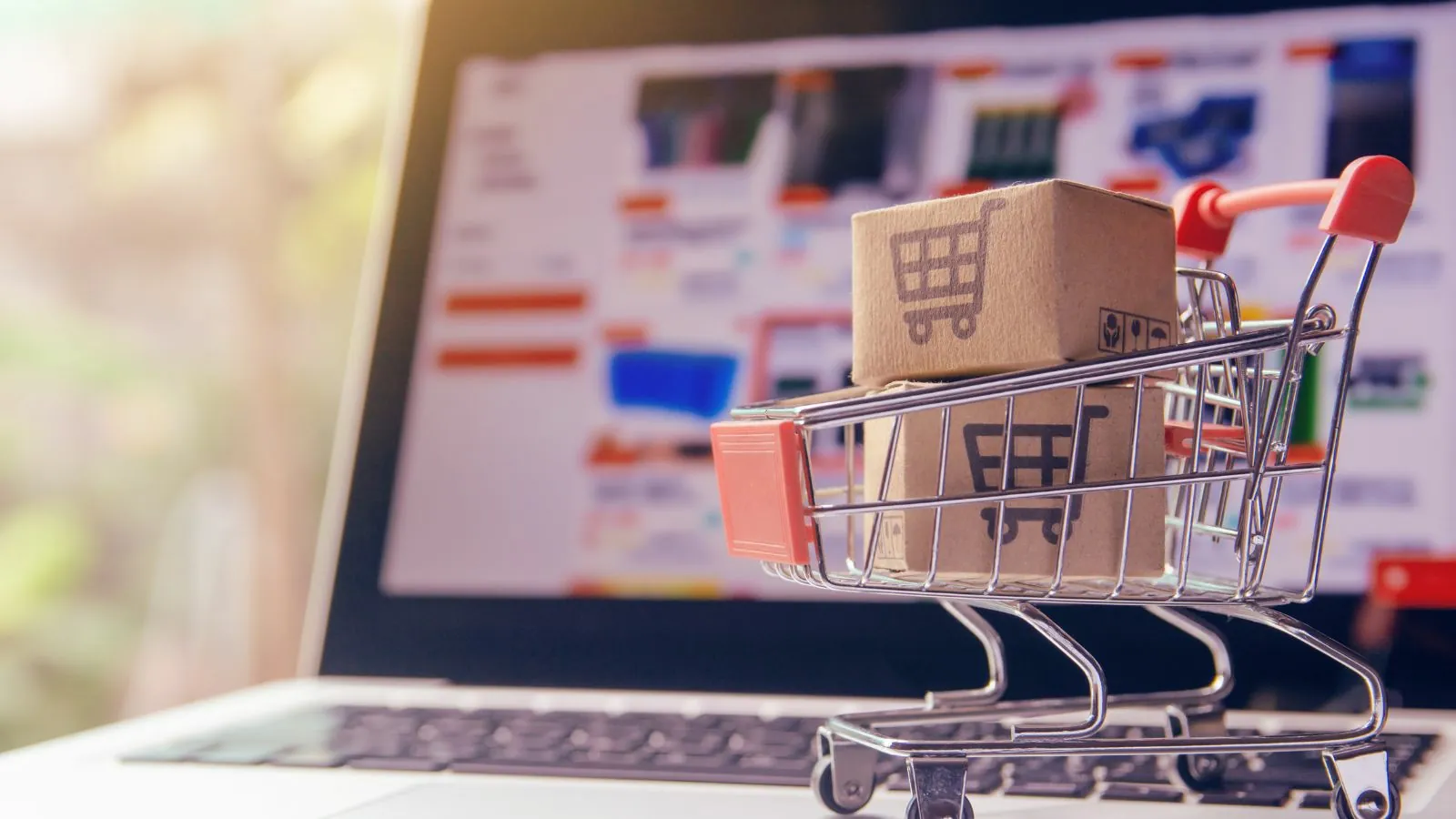The world of retail has undergone a remarkable transformation. With the rise of online shopping, customers now expect products to be delivered quickly, accurately, and conveniently—often with the click of a button. At the core of this experience lies online fulfillment, the behind-the-scenes process that ensures each order reaches the right customer on time. In the competitive world of e-commerce, fulfillment isn’t just a backend operation—it’s a growth engine that can make or break a brand.
This article explores how online fulfillment works, why it’s crucial for e-commerce success, and how businesses can optimize it to thrive in today’s fast-paced digital economy.
Table of Contents
ToggleWhat Is Online Fulfillment?
Online fulfillment refers to the entire process of receiving, processing, packing, and shipping online orders to customers. It often includes warehousing, inventory management, picking and packing items, handling returns, and updating customers with shipping notifications. For e-commerce companies, efficient fulfillment is essential to meeting customer expectations and keeping operations cost-effective.
There are generally three main models for e-commerce fulfillment:
- In-house fulfillment: The seller manages everything internally.
- Third-party logistics (3PL): External partners handle storage and shipping.
- Dropshipping: Products are shipped directly from the manufacturer or wholesaler to the customer.
Each model has its advantages and limitations depending on the size, goals, and resources of the business.
Why Fulfillment Matters in E-Commerce
In the online retail world, customer satisfaction is tightly linked to order fulfillment. According to multiple industry studies, the top reasons for customer complaints include delayed deliveries, wrong items shipped, and poor packaging. Fulfillment affects:
- Delivery speed: The faster a customer receives their order, the better the shopping experience.
- Accuracy: Sending the correct product in good condition avoids returns and improves trust.
- Scalability: Efficient fulfillment enables businesses to handle high volumes during peak seasons like holidays or sales events.
- Brand reputation: Reliable delivery leads to positive reviews and repeat business.
Many shoppers now base their purchasing decisions on delivery options, making fulfillment a strategic differentiator rather than just a logistical concern.
The Role of Technology in Fulfillment
Technology plays a central role in streamlining the fulfillment process. Inventory management systems (IMS), order tracking software, and warehouse automation tools have reshaped how online retailers operate. These systems allow businesses to:
- Sync inventory across multiple sales channels (e.g., Shopify, Amazon, eBay)
- Automatically generate picking and packing instructions
- Update customers with real-time tracking links
- Forecast demand based on sales data
Some companies even integrate artificial intelligence to optimize routing, reduce shipping times, and predict stock shortages before they happen. As fulfillment grows more complex, technology becomes the key to staying efficient and competitive.
Choosing a Fulfillment Partner
For businesses that don’t want to manage logistics in-house, partnering with a fulfillment provider can offer speed, scalability, and savings. These third-party logistics (3PL) providers have extensive networks, experience, and infrastructure to handle large volumes.
When choosing a fulfillment partner, businesses should consider:
- Warehouse locations: Multiple strategically located centers reduce shipping zones and costs.
- Integration capabilities: Seamless connection with your e-commerce platform saves time and errors.
- Transparency and tracking: Real-time dashboards and inventory visibility are essential.
- Returns management: A smooth returns process enhances customer trust and brand credibility.
Companies like ShipBob, Fulfillment by Amazon (FBA), and Deliverr are popular choices among e-commerce brands, offering flexible services that support fast growth and international expansion.
Fulfillment Challenges in E-Commerce
Despite the advantages, fulfillment also comes with challenges:
- Inventory management: Overstocking ties up capital, while understocking results in missed sales.
- Shipping costs: As customer expectations for free shipping grow, profit margins can shrink.
- Returns: Handling returns can be labor-intensive and expensive.
- Demand spikes: Promotions and seasonal sales often overwhelm smaller businesses.
Successful e-commerce brands must proactively address these issues through forecasting tools, automation, and partnerships with reliable fulfillment providers.
The Future of Fulfillment: Speed, Sustainability, and Customization
Fulfillment is evolving fast. As customer demands grow, so do expectations for faster delivery, sustainable packaging, and personalized experiences.
- Same-day and next-day delivery are becoming standard in some regions, pushing logistics companies to innovate further.
- Eco-friendly fulfillment is on the rise, with recyclable materials and carbon-neutral shipping gaining traction.
- Personalized packaging and unboxing experiences help brands differentiate themselves in a crowded market.
As technology advances, we can expect increased use of robotics, predictive analytics, and even drone deliveries in the fulfillment space.
Online fulfillment is no longer just an operational task—it’s a crucial part of the customer journey and a competitive edge for e-commerce brands. From order processing to final delivery, every step matters in building trust and driving growth.
Whether through in-house systems or by partnering with expert logistics providers, businesses that invest in fast, reliable, and tech-driven fulfillment will be better positioned to meet customer expectations and thrive in the digital economy. In the world of e-commerce, delivery isn’t just the end of the shopping experience—it’s a major part of the brand story.



